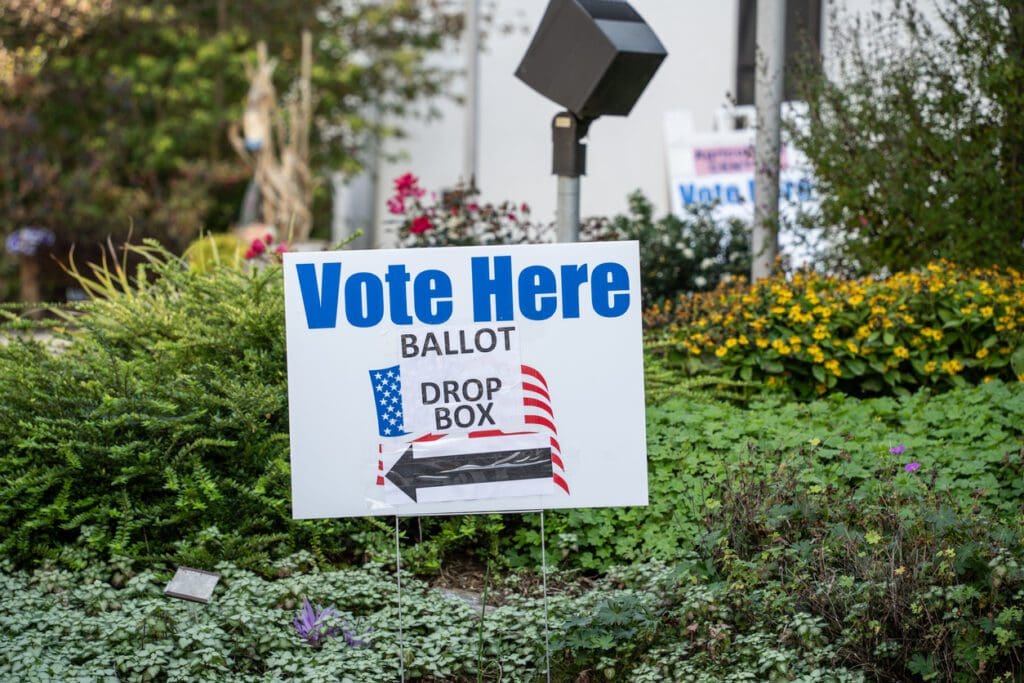Early Voting Starts and Ends With the Data

Consultants haven’t been the only ones who’ve had to adapt to the increasing popularity of early voting. Vendors, too, have made moves to improve their offerings with the aim of creating greater efficiencies for clients who are looking to turnout voters or persuade universes in the closing stages of a cycle.
See StackAdapt as the latest example. The programmatic vendor has launched what it’s calling a “direct integration” with data provider L2, which is partly aimed at scrubbing voters who’ve cast their ballots early from a client’s target list down the stretch.
Mark Positano, who recently joined the company as head of political from GOP data giant i360, said the near real-time targeting match beats the typical wait of three-to-six days.
“This is something near and dear to me — being able to activate audiences quickly and efficiently for our clients,” Positano told C&E. “I have a lot of experience over my time at i360 of working with absentee and early vote data. And I don’t think this integration could happen at a better time for us and L2 — just the way that this data is collected and is available.”
He continued: “Whether that’s you’re wanting to run a chase program with people who have received absentee ballots, or excluding those who have voted earlier by absentee, I think that’s critical and it gives you the ability … to do that more seamlessly, more quickly so you’re not waiting three days or longer to have someone who voted scrubbed out of your campaign.”
Another immediate goal is to limit as much “signal loss” as possible for clients.
“When you’re matching first-party data, there’s always going to be some sort of signal loss,” he said. “We see this as one tactic within a tool belt where we’re very confident of the accuracy and that ability to match a wide audience as first-party data, but then also give our customers the ability to use other tactics.
“Because if you’re maxing out your first-party list, there’s other targeting that you can go into.”